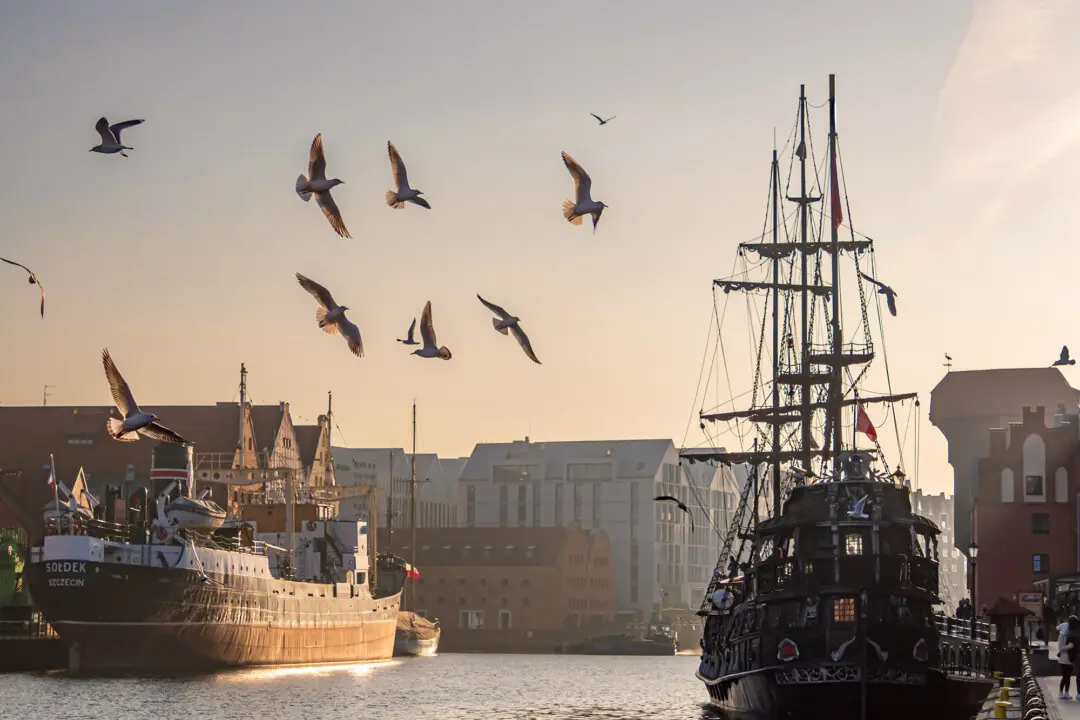There was a time when this was the ragged edge. The front lines. When invaders could come from the south or the east, by land or sea. When the responsibility for defending king and country—and all that was sacred—rested with a series of hills and the battlements built on their crowns.
Standing atop the castle walls in Monsaraz, I could see for miles. Patchwork fields, tiny towns, and one of the largest artificial lakes in Europe were all at my feet. And just over there, an invisible line divided two nations, with Spain almost literally a stone’s throw away. Once, the territory below me was indeed a very dangerous place—no-man’s land, a spot scrutinized by the soldiers stationed here, searching for threats from abroad. Today, it’s totally peaceful and one of the most beautiful places to visit on the Iberian Peninsula.





